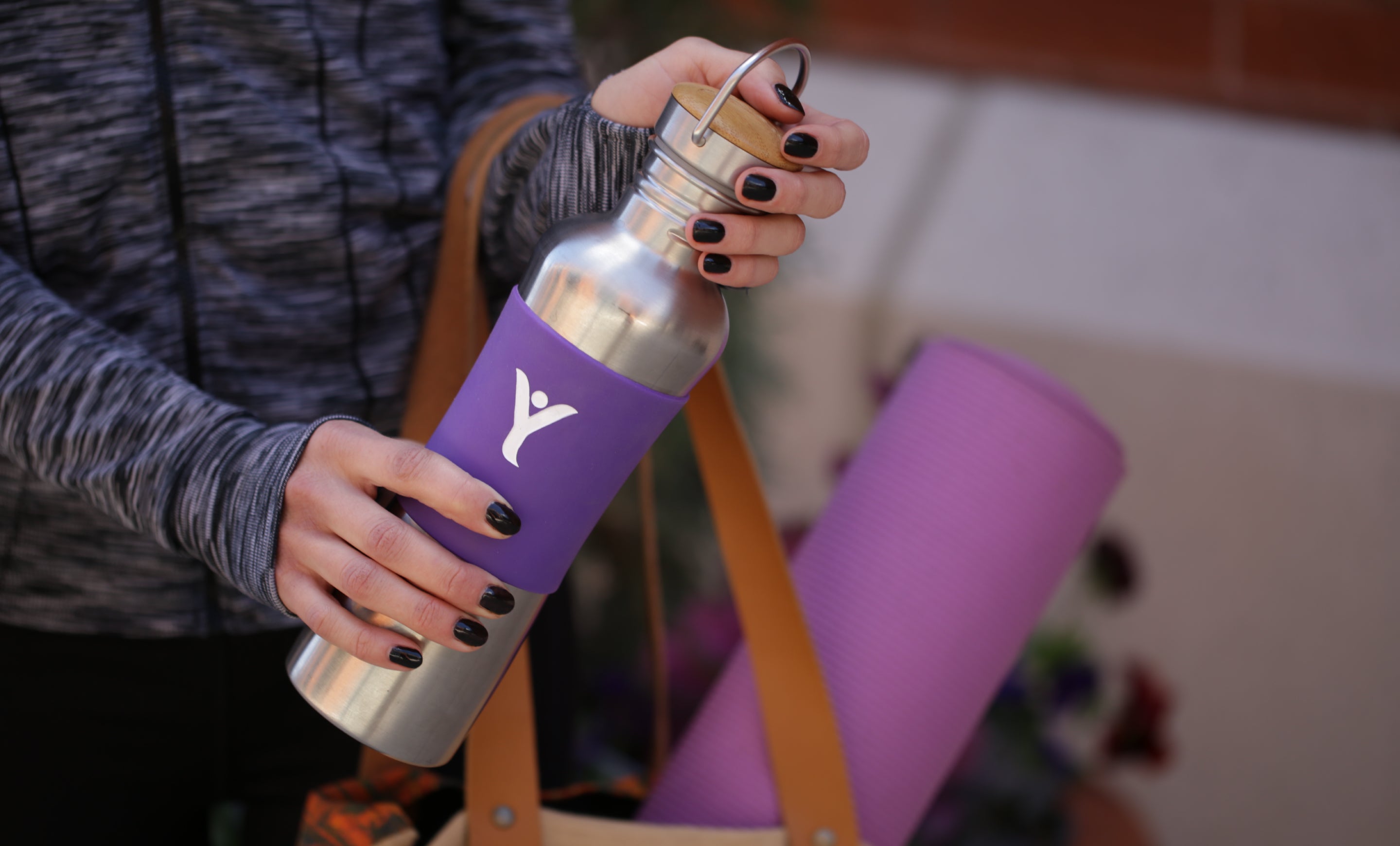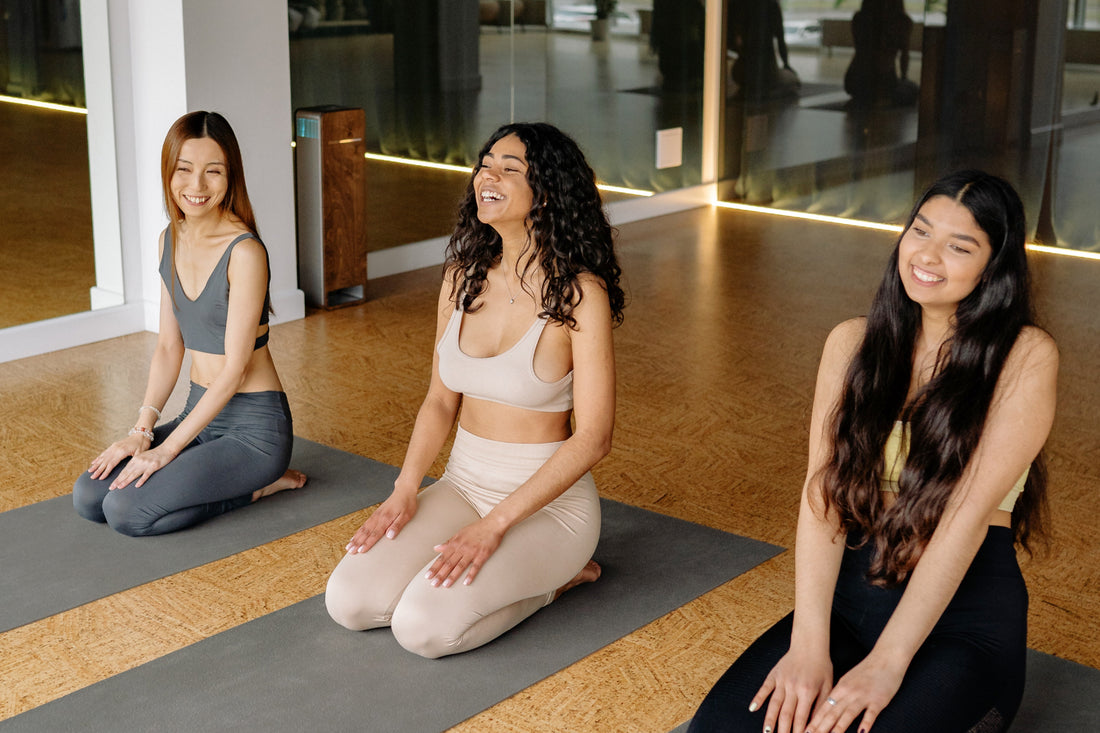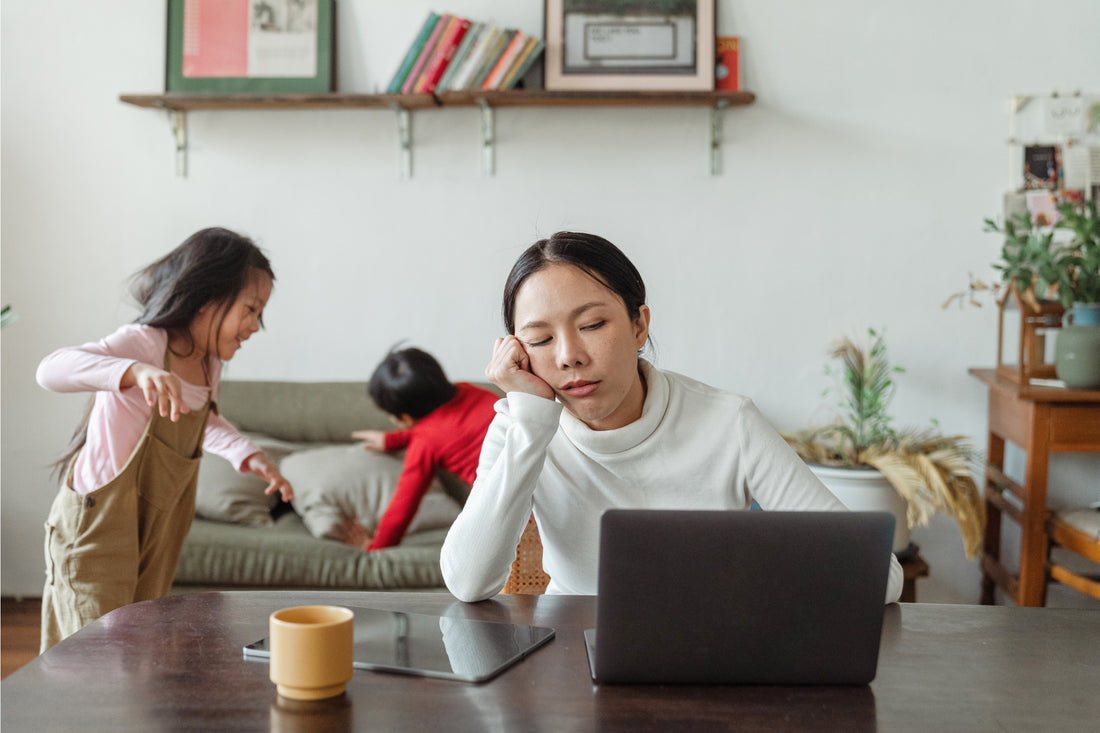Yoga classes are great. You get to relinquish responsibility for what you do during your yoga practice to someone else—someone who happens to be an experienced teacher with extensive knowledge.
That teacher guides you, adjusts you, and encourages you to move deeper into postures. Leads you through meditations so you always have their voice to keep you going. And during each class, you let go of control and allow yourself to be directed.
But developing your own, personal and self-directed practice adds a whole new dimension to your yoga. Doing this kind of deep body-mind work alone creates a different experience.
It’s Harder, In A Way (especially in the beginning)

It’s harder because there’s no one to hold you accountable. If you feel like you don’t have the motivation to keep going, nobody’s going to know if you stop five minutes in and switch on your laptop instead.
And it’s harder because you have to decide what to do with your practice. How to move your body; which postures (if any) to include; how to transition between them. You have to find your way into postures on your own and feel your way into the alignment of the pose. You have to remember to keep your breath steady.
You have to give yourself permission to rest, with no teacher to tell you it's allowed. And you have to inspire yourself to hold those challenging postures for a few more breaths than you feel like holding them.
But It’s Worth It
Some of the hard things about a personal practice get easier with…well, with practice. Gradually, you’ll find that you don’t have to think so much about what to do when you get on your mat. You’ll learn to listen to your body, and to move in the way that feels most beneficial on any particular day. We’ll talk more about that in a later blog post.
As it starts to feel more natural to you, you’ll start to feel the real benefits of self-practice. Including, but not limited to…
- An enhanced intuition; you become more in tune with your body and you learn how to listen to its signals and adapt to your energy levels from day to day
- You can feel the way your body wants to move; so your practice becomes more energizing and supportive
- You experience new postures in your own time, on your own terms; you feel your way into them, and this gives you an understanding of them — and of your body — that only comes from self-practice
- You become more confident in your knowledge of your body, so when you do go to classes, you’re more assertive about your boundaries and have a more informed respect for your body’s limitations, as well as its potential
- Your practice becomes your peacetime: you drop into a flow state on your mat and the world drifts away
- You experience the power of a moving meditation, with no teacher or other students to distract you from sinking into deep relaxation
- You take your practice with you wherever you go — if you’re traveling, you can do yoga anywhere, even if there isn’t a class available
Convinced?

If you’re ready to start developing your own home practice — great! Part II of this series will guide you on the first steps to doing yoga on your own. You’ll learn you Surya Namaskara (sun salutations) which strengthen and stretch the whole body; so they can be a complete mini-practice ready to squeeze into even the busiest of days.






